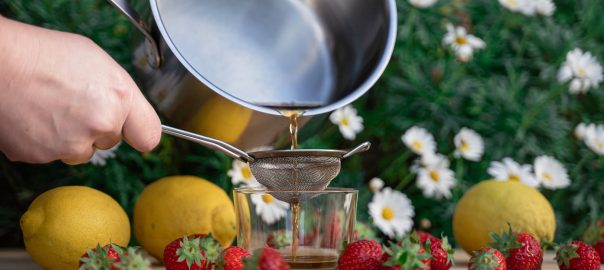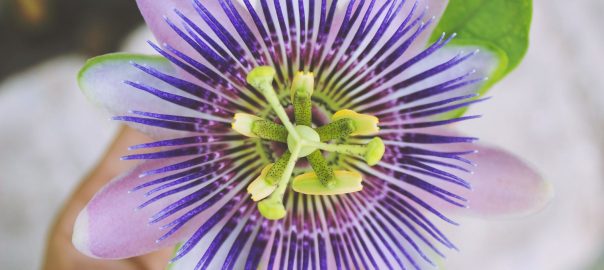This is a guest blogpost by Martin Langer, Ph.D. student for “Secured Time Synchronization Using Packet-Based Time Protocols” at Ostfalia University of Applied Sciences, Germany.
The Internet Engineering Task Force (IETF) published the Network Time Security protocol (NTS) as RFC 8915 on October 1, 2020. This new standard offers security mechanisms for the widely used Network Time Protocol v4 (NTPv4), which has been operated mostly unsecured until now. After almost eight years of development, global collaboration, and many interoperability tests of leading NTP software developers, NTS represents a mature security protocol. In this post, I’ll give you a short overview of the development progress of NTS and provide a list of public implementations and NTS secured time servers…














